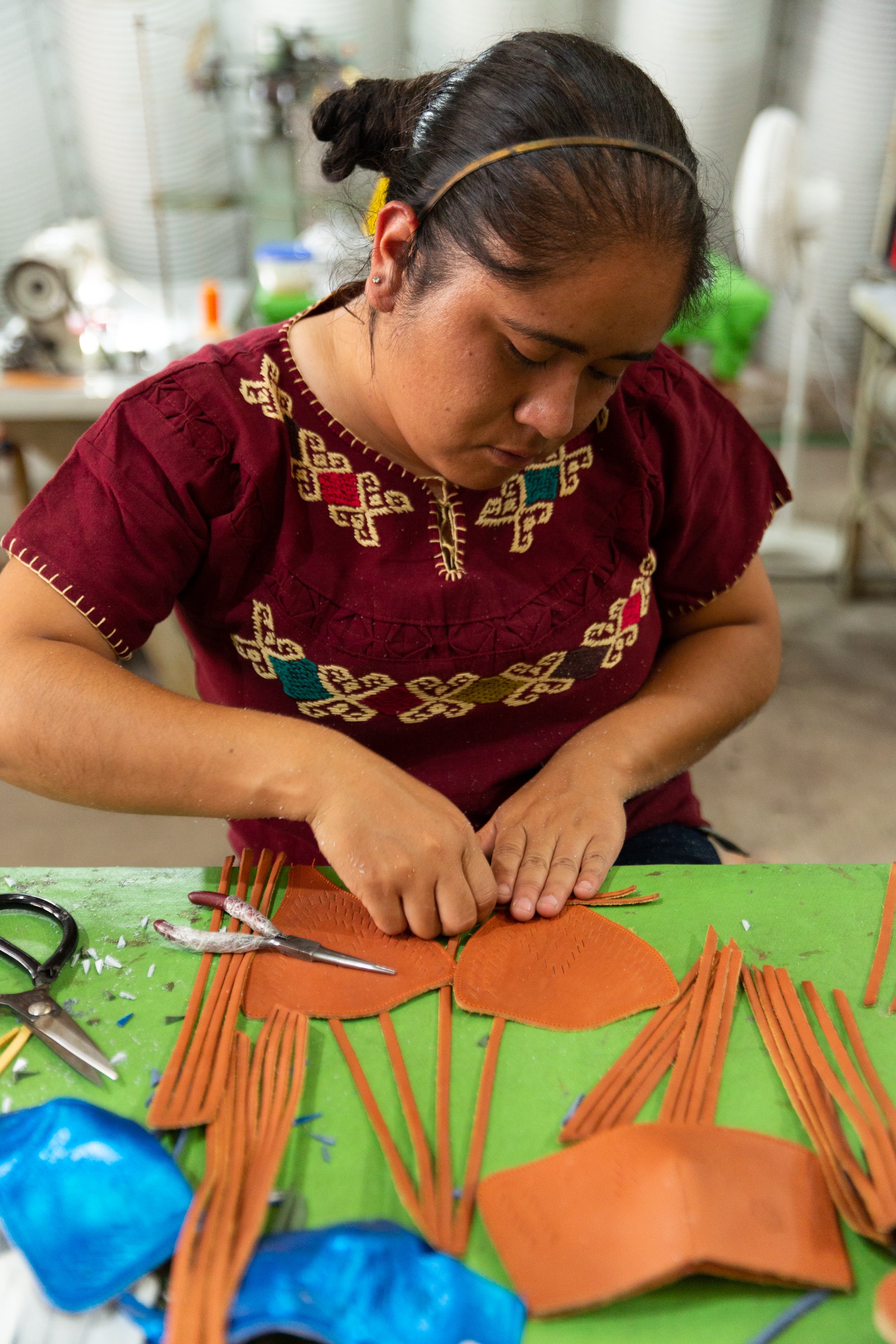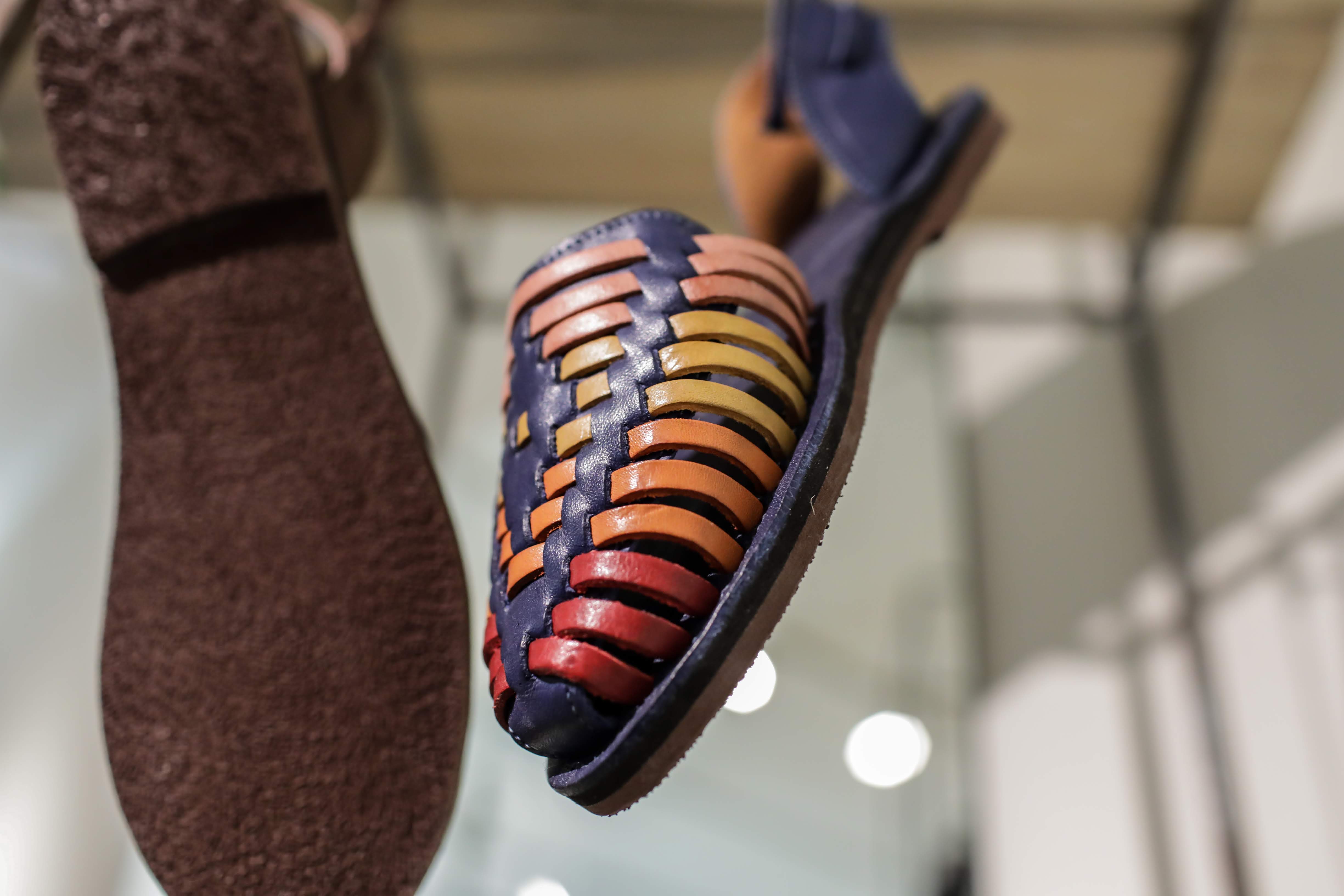
The Nostalgia Behind Huaraches
Written by Paloma Quevedo on August 8th, 2020
Some shoes are an integral part of a country’s heritage. A pair of shoes can be a window into a country’s culture and its people, a reflection of where it's been and where it's headed. In some cases, a shoe makes such an impact within a region that it becomes emblematic of its country of origin.
In Holland, the wooden clog is traditional footwear, still used for days of celebrations and is recognized around the world as the country's trademark shoe. In Morocco, the intricate babouche slipper has been used for centuries because it's easy to slip on and off for prayer; when thinking of Moroccan traditional clothing—even if you live half a world away— these slippers never fail to come to mind. Similarly, cowboy’s and their boots have been around since the 1500’s, and are still iconic symbols of the ranches and farms in the Southwestern United States.
The huarache is an underlying part of Mexico’s history and Mexican traditions. No, not everyone in Mexico is walking around pulling a donkey, wearing sand-filled huaraches; but yes, we all have owned a pair or two in our lives, as they are an enduring Mexican tradition.

Huaraches were first created by the indigenous people of central Mexico, centuries ago. Born out of a necessity to walk on the hot earth, work under the sun, and live their lives in the untamed wilderness of Mexico—the huarache is breathable and doesn’t constrict the body’s natural movements.
With every epoch that passed through Mexico—Mesoamerican ware-fare, Spanish conquest, French imperial rule, Constitutionalist revolution—huaraches walked their way through as well.
The craft of making huaraches is an old Mexican tradition. Mexican artisans are taught the technique by a mentor who has excelled at cultivating a process that has been passed down through generations. The Mexican artisans that create the huaraches dedicate their lives to perfecting their craft; it is a well-respected profession because it keeps the century-old tradition alive. Although there are less authentic huarache artisans than before, the profession is alive and well. There is a directory that lists every existing Mexican artisan creating huaraches in different regions of Mexico and showcases their individual creations.
The endurance of the huarache, its ability to stay in-tact and true to its roots is a reflection of the Mexican people who wear them. In the past centuries, the people of Mexico have gone through forced assimilation from European countries, they have been the battleground of bloody drug wars, they have lived through constant economic instability and upheaval; and yet, they remain cemented in a strong sense of cultural integrity and pride in their country. The Mexican doesn’t waver in their identity because we are much too proud of our traditions that make our country beautiful and unique.
In most of my childhood memories, I’m wearing small huaraches to fit my little feet. Now that I’m a mom I can see why me and my cousins always wore them at my parents ranch every summer vacation; they're easy enough for a child to slip on and off by themselves and are a breeze to wash. I remember how dirty all our little huaraches would get after a day of playing in the muddy corrals and running up and down hills.
When I had my baby last year, my mother-in-law carefully handpicked different colored pairs of tiny huaraches from a market stall in San Miguel de Allende—pink, purple, and brown—for my baby girl to have her first authentic pair. My mother still has one of the pairs I had when I was little, wrapped in a box in her closet. For now, my daughter still wears hers, but I know that when she grows out of them I’ll wrap them up and place them in a box to treasure them forever.



